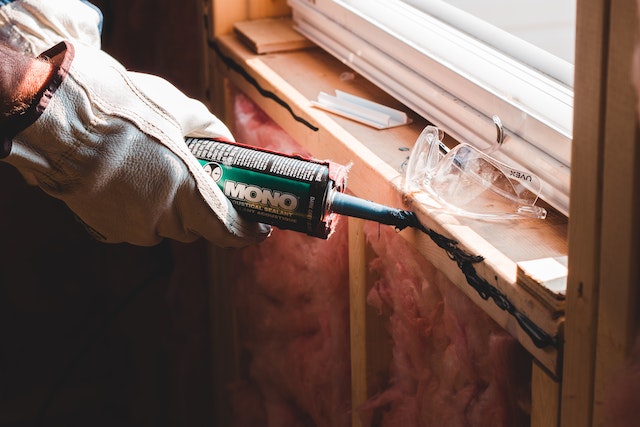Several types of sealants are available on the market. These include Polyurethane, Hybrid, Silicone, Butyl, and Polysulfide. Each type of sealant has different strengths and weaknesses. These include the ability to withstand water and temperature, durability, compatibility with the substrate, and chemical resistance.
Polyurethane:
Generally, polyurethane sealants are used for sealing exterior joints. They are flexible, waterproof, and resistant to water and humidity. They are used in construction, automobile interiors, and HVAC (ventilation) sectors.
Polyurethane sealants are elastomeric materials. They are manufactured through a reaction of glycol and isocyanate. The chemical composition of the material affects its properties and durability. These sealants are available in one- or two-component compounds.
In addition, they are available in various formulations, including non-staining, modified silicone, and bubble-free polyurethane. The characteristics of these sealants can be customized for the user’s needs. For example, if you’re planning to paint the sealant to match the surface, you should consult the manufacturer’s instructions.
The chemical makeup of polyurethane adhesives also influences their performance and lifespan. Some sealants have cross-linking agents added. These agents help to adjust the viscosity and implementation of the adhesive. Some are also made with amorphous polyols to adjust heat resistance and performance.
The best sealants are those that are suitable for a variety of applications. For example, the material should be resistant to UV light. In addition, the material must be compatible with the surrounding materials.
Silicone:
Whether you are building a new home, sealing a glass assembly, or creating a water barrier, there are several types of sealants to choose from. Each class has unique characteristics and properties. Some of them are more flexible and stronger than others. Here are a few things to keep in mind when choosing a sealant.
Pure silicone sealants are waterproof and can be used on most surfaces. They also stay flexible even at high temperatures. Also, they do not have the paintability of acrylics, though. They are more expensive to produce.
Acetoxy silicone sealants are the most popular. They are less rigid and don’t stick well to metal and glass. And they have a strong vinegar odor and release acetic acid when they cure. They are best suited for industrial applications.
Polysulfide:
These sealants are used in civil engineering, marine repair, and aircraft component manufacturing. These sealants are characterized by superior durability and impact resistance.
As a result, polysulfide-based sealants are widely used in aircraft components, such as engines, fuselage, and other structural parts. These materials are resistant to fuels and oils, making them highly durable and effective in various applications. They can also withstand joint movement, vibration, and joint flexure.
Polysulfide-based sealants are used to protect fuel tanks, fuel hoses, and other aircraft components from oxidation. These products resist various chemicals, including fuels, solvents, and oil-based lubricants. These materials are also used in gasoline stations to protect vehicles from hydrocarbons. These sealants are also used to encapsulate electronic components within tanks.
Butyl:
Several different types of sealants exist, but one of the most common is the Butyl-Rubber-based sealant. This sealant is highly water resistant and has a sticky texture similar to tar. It is a popular choice for sealing precast concrete joints. It has been used for over 50 years in the low-slope metal roofing industry.
Butyl sealants are also commonly found in curtain wall systems and window perimeters. These sealants are used for several reasons. They are durable and can last up to ten years, providing a good service life. Also, they are also inexpensive but should be used only in non-demanding construction applications. They are also resistant to UV rays and moisture but have poor abrasion resistance.
Butyl tapes are also widely used for sealing and insulating piping. The sealant is non-curing and has an elongation value of over 1,000 percent. The material has excellent adhesion and corrosion resistance and is compatible with all painted metals.
Hybrid:
Using hybrid sealants from Bostik is a great way to get the advantages of both liquid and foam sealants. These products are easy to install and can adhere to many different surfaces. They also are environmentally friendly and offer a long life span. These sealants have become popular in the construction industry for their superior performance.
Silicones are also becoming popular in the construction industry because of their ability to resist harmful environmental factors. These sealants are a little more expensive, but they offer better durability. However, silicones have drawbacks, such as tensile stresses, which can cause premature failure.
Conclusion:
These sealants are available in several colors and widths. They can be anchored non-invasively without drilling. They are paintable, allowing them to be applied on various surfaces. And they are easy to apply and cure very quickly.
They are easy to apply, and they do not drip. It makes them a good choice for sealing large movement joints. They are also paintable, making them ideal for sealing joint faces. They can also be used in odor-sensitive facilities.







